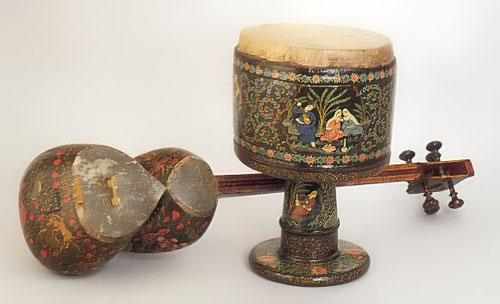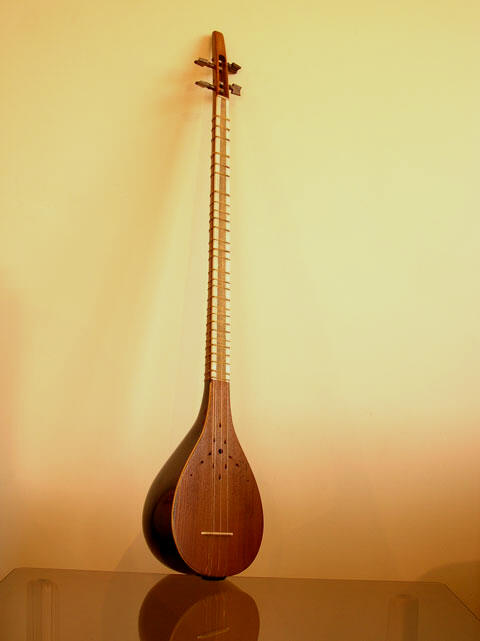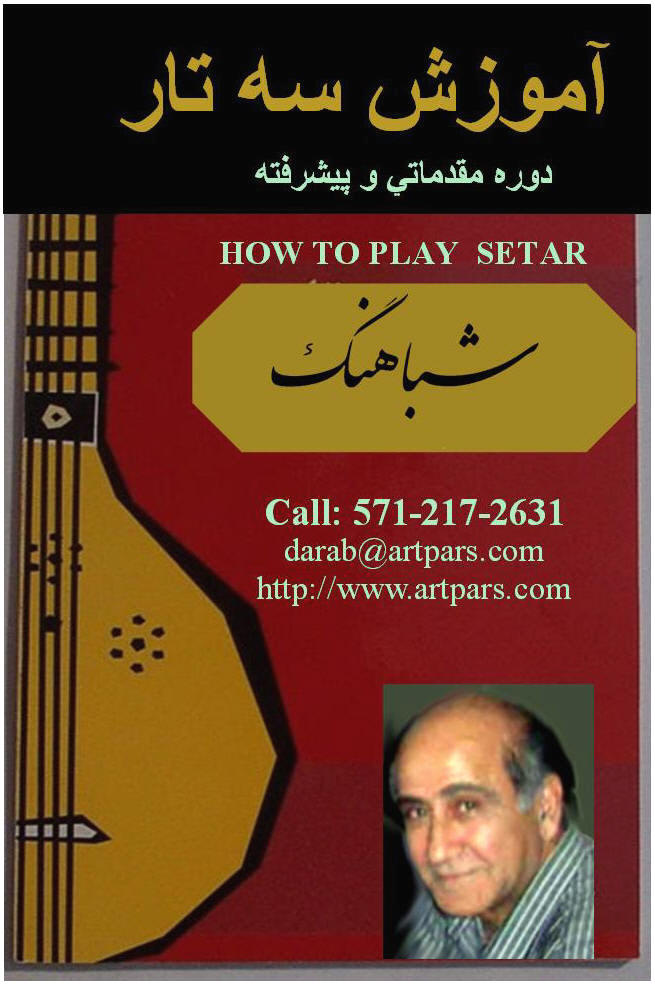|
Persian Classical Music
How to play Tar and
Setar
 
Instructer:
Darab Shabahang
Tel: 571 217 2631
Fax:1 866 702 2232
darab@artpars.com
http://www.artpars.com/Members/index.htm
INSTRUCTIONS
Classes:
The usual courses consist two basic musical note books,
book I and book II, followed by the Persian modal system (Radif)
through traditional and modern methods.
This will include
the theory and practice learning the Persian 7 Dastgah along with some
historical background of Persian classical music.
Instruction is one on one
basis.
We also
teach the traditional method of lernning these two instruments without using
the musical notes called " Sineh be sineh" method
Conditions:
1.
Tuition is $160 per month. It includes four one-hour sessions, the
music workshops and all the course materials (notation and
internet access).
2.
Tuition must be paid in the beginning of each month.
3.
If the student misses a session, it is his/her responsibility to
arrange a makeup session with the instructor.
Music Workshops:
The workshops include group rehearsals and
instruction; lectures on music appreciation; history of Persian music; music theory; and
rhythmic and instrumental explorations.
Special Classes For Children:
These classes are designed to teach children
the basic elements of music, such as music appreciation, theory, keyboard
(Piano), ear training and singing. In addition, the students become familiar
with many Persian instruments which they may later choose as their main
instrument.
Please contact for additional
information.
|


